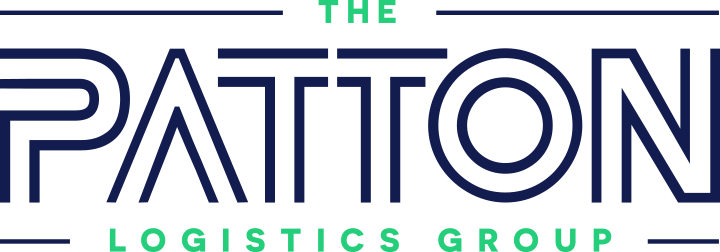Minimizing Supply Chain Disruptions When Upgrading Technology
Posted on November 14, 2022 in 2022

While technology upgrades provide significant benefits to any business in logistics management, new systems and tools can disrupt daily operations. If the rollout isn’t planned correctly, employees and business partners may need additional time to adapt to the new solutions. That’s why it’s critical that you implement key technology upgrade strategies to help minimize disruptions in the supply chain.
Consider Core Offerings
New technology doesn’t mean a company’s core value proposition needs to change – even when the upgrades are significant.
Let’s say, for example, a shipping container business partners with a major technology company to deploy blockchain technology for supply chain operations – which is precisely what Maerskdid with IBM. In that instance, the technology lowered administrative expenses and improved supply chain risk management without requiring the company to change its operations or core offerings.
Leveraging new technologies works best when adopted to support existing functions. Looking to update your technology? Remember to consider your company’s core offerings before making any changes. Doing so helps you minimize disruptions while maximizing the benefits.
Integrate Updates Gradually
New technology that requires an entire department to suddenly change what they know and do inevitably causes disruptions. Employees can experience a smoother transition when new technologies are used to initiate pilot programs or phase-in periods.
For example, let’s say a trucking company wants to use autonomous vehicles to transport raw materials. Instead of implementing all new vehicles, it would be better to incorporate autonomous trucks built to work alongside manned vehicles. The company could also consider starting with vehicles that allow for partially self-driving operations. As a result, the existing fleet does not need to be completely swapped with self-driving trucks, which reduces risk and cost. If the company adopts more autonomous vehicles in the future, there’s an existing integration plan to reference.
The same approach works for any supply chain business looking to adopt new technologies. Slowly phased solutions make it easier for managers to determine the benefits and identify issues that could disrupt normal operations.
Adopt Effective Training Strategies
Gradually adopting new technologies also allows companies to secure additional training time for workers. Proactive and engaging training is one of the best ways to minimize disruptions. Employees equipped with the knowledge they need to take advantage of a new supply chain solution can help managers ensure the rollout process goes smoothly.
An effective training strategy accommodates as many learning styles as possible. Examples include in-person learning, written tutorials, videos, and interactive tools. It’s also important to expect employees to learn at varying paces. While some workers may pick up new technology quickly, others may need extra time or more in-depth training.
Avoid Supply Chain Disruptions with Patton
At The Patton Logistics Group, we offer solutions for distribution, technology, fulfillment, transportation, and more. We’re here to manage the operations behind your operations. When you trust your materials and products to us, you can rest assured that we’ll get the job done regardless of the technological changes your company goes through. Contact us today to learn more.
